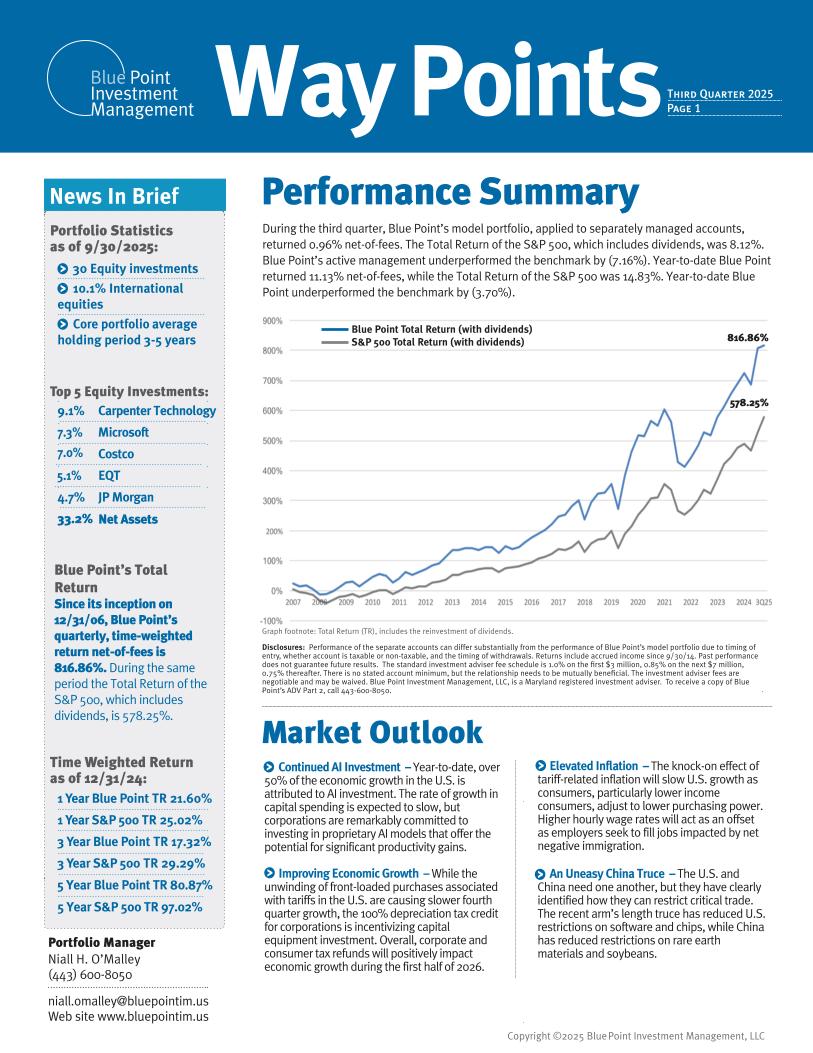
May 9, 2013 | By Niall O’Malley
This article originally appeared in CITYBIZLIST on May 9, 2012
There is no known parallel to Warren Buffett’s Annual Meeting. What would possess 35,000 people to travel from around the world for the meeting? In a world where there is an oversupply of information, it might be as simple as the desire for someone to put it all together with a refreshing mid-western value set.
Undoubtedly, Warren Buffett’s financial success draws them as well. Below, the faithful lined up at 6:30 a.m. last Saturday morning in Omaha at eight separate entrances.
With ample humor and wit, Warren Buffett and Charlie Munger deliver authoritative insight into company performance, leadership, financial issues, social issues and succession. Their observations are highly regarded and offer value-driven investing insight. To understand Warren Buffett, it is important to know that he is a disciple of Benjamin Graham, author of The Intelligent Investor, the definitive book on value investing. As a student, Warren Buffett got the only A+ awarded by Benjamin Graham.
Margin of Safety – Bonds Deserve a Warning Label
As a portfolio manager, my objective is to help people achieve their financial goals. In a world saturated with information it is key to instill key strategic recommendations. The most important takeaway from Warren Buffett’s Annual Meeting is the need to maintain a margin of safety. Interestingly, this sage advice offers a counterintuitive twist in today’s markets. Buffett considers bonds ”among the most dangerous of assets.” As the Federal Reserve engages in unprecedented quantitative easing to rid the U.S. of unemployment malaise with $85 billon a month bond buying, bond prices have become artificial. Why should bonds come with a warning label? The answer is in the denominator. The 50-year historical average for the 10-year Treasury is 6.6%. The current 10-year Treasury offers 1.8%. The yield on a 10-year Treasury would have to increase 344% to just equal the 50-year average yield. The current 1.8% yield does not come close to offsetting the potential loss of purchasing power that investors and pension plans risk losing. Fixed investments such as the 10-year Treasury have long dated cash flows that could lose over 25% of their market value, if interest rates return to their historical averages. Buffett likened the end of the Federal Reserve’s bond-buying program to a shot that will be heard around the world.
Competitive Disadvantage
The second takeaway from the meeting is the U.S.’s lack of competitiveness on healthcare. Costs associated with healthcare absorb 17.5% of GDP, while other developed countries pay 9.5%. There are only 100 cents in a dollar so the U.S. has a relative competitive disadvantage. The U.S. spends 8 cents more out of every dollar on healthcare. When the spending difference is measured in terms of outcomes, the results are disappointing. A 2013 National Institutes of Health study comparing the U.S. to a 16-country peer group found that Americans had shorter lives and poorer health. Healthcare is a major competitive disadvantage for the U.S. The pending changes mandated by ObamaCare create uncertainty as the U.S. adapts the European payor model. A specific challenge for the U.S. is rationalizing healthcare expenses in the last 90-days of life which can represent a mind boggling 60%+ of lifetime expenses.
Outlook
Buffett observed that if you are not confused by the current situation, you do not understand it. That said, Buffett does not think equity valuations are excessive. Notice he does not say cheap. When you listen to Buffett perhaps the best filter is his rule of thumb to “be fearful when others are greedy and to be greedy when others are fearful.” The long-term outlook for equities is promising. It is important to remember central banks can print currency which disadvantages the owners of bonds but they cannot print the real assets that generate earnings. Equities represent an ownership interest in real assets.
Back to Previous
